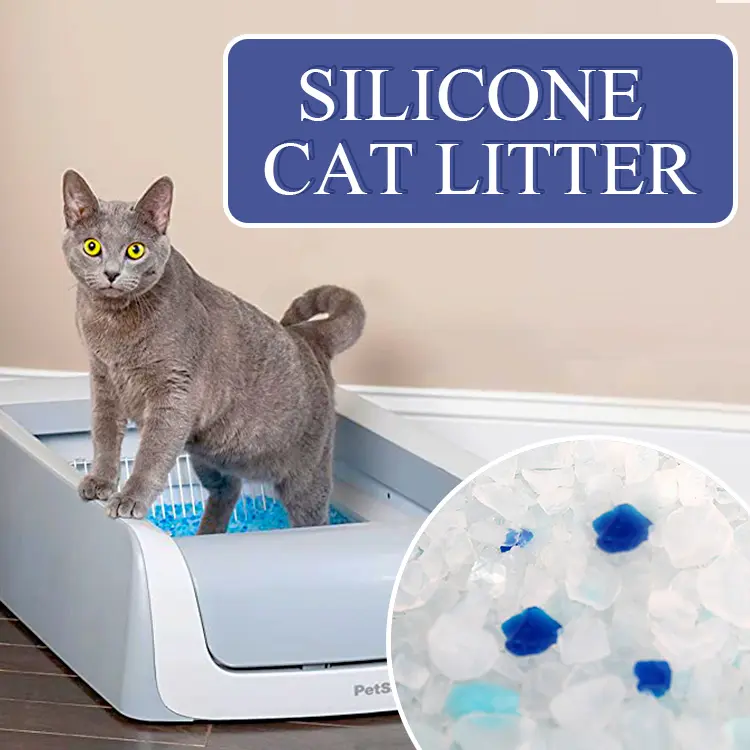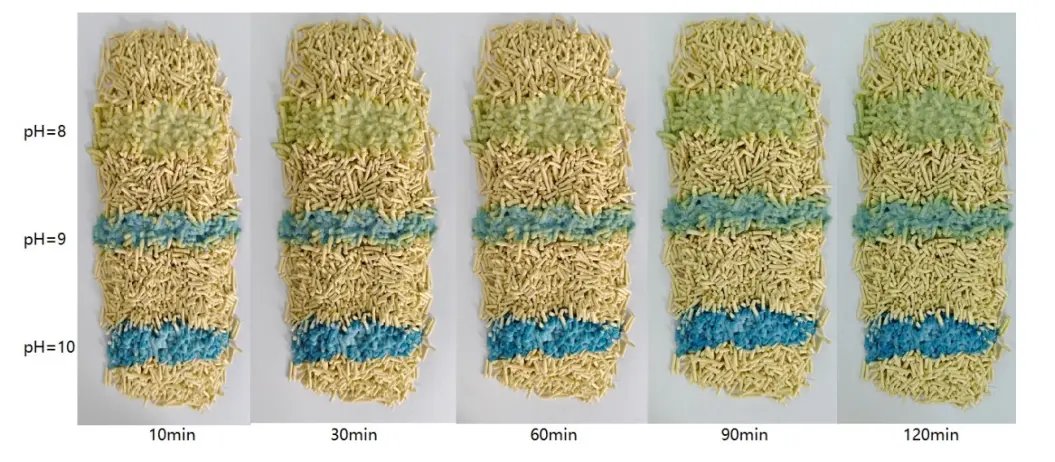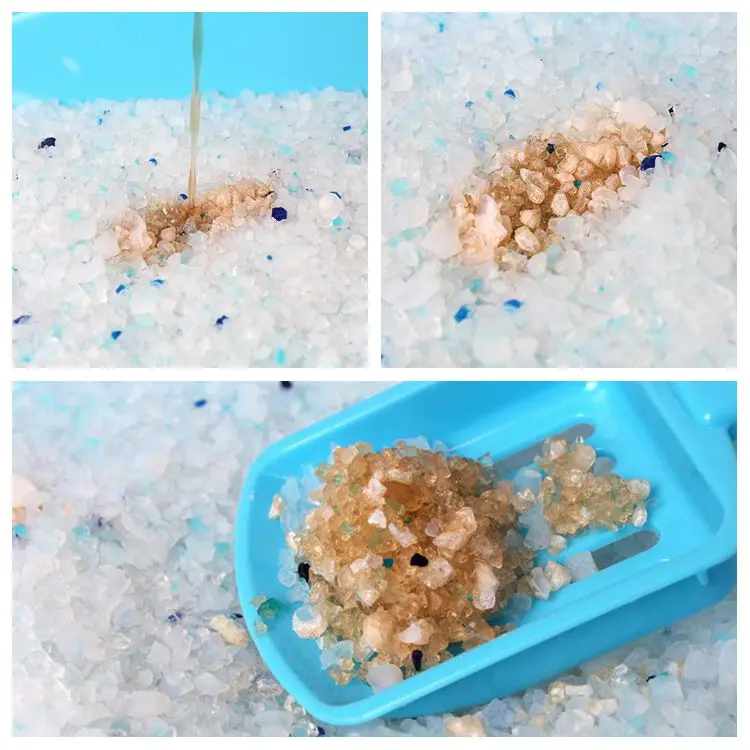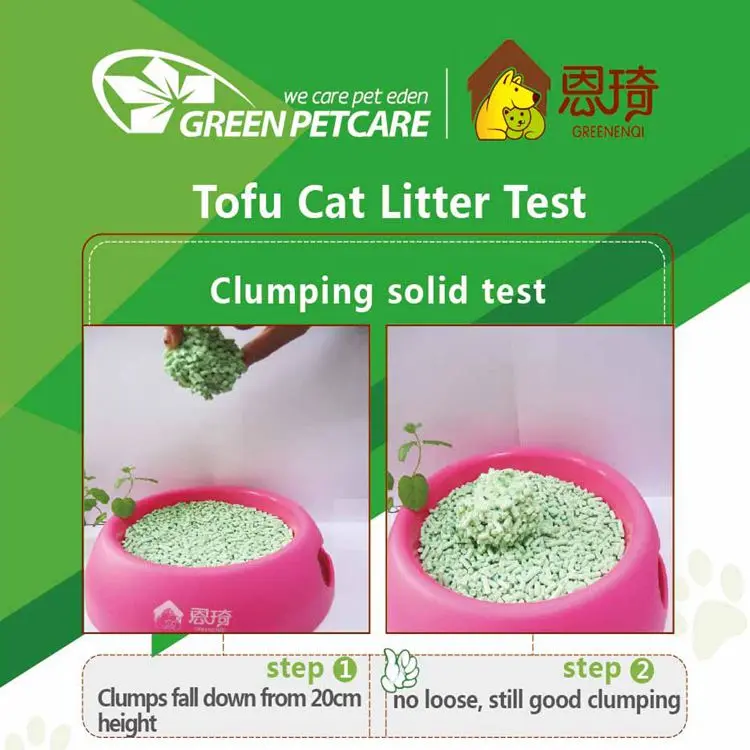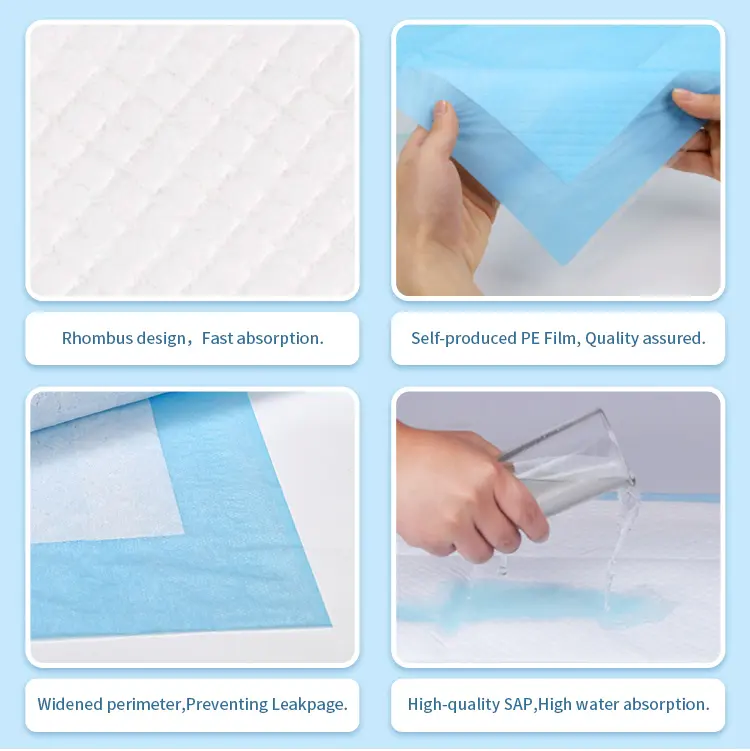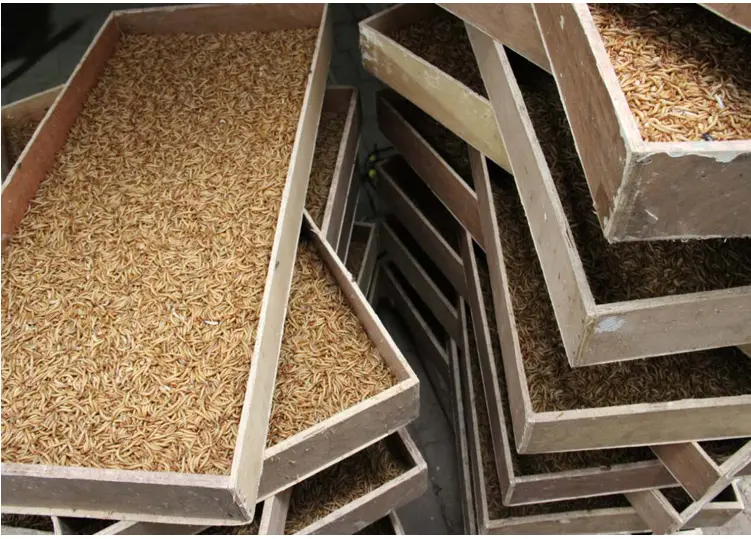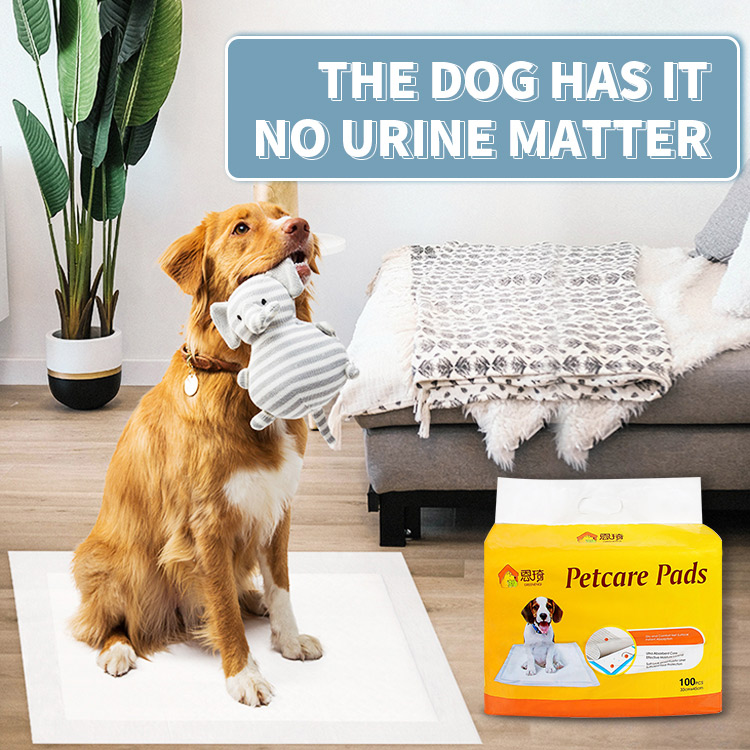What is Cassava Cat Litter?
Cassava cat litter is a type of eco-friendly, biodegradable litter made from cassava root, a starchy tuber native to South America. This litter is popular due to its natural properties and benefits over traditional clay or silica-based litters. Here's a detailed overview of cassava cat litter:
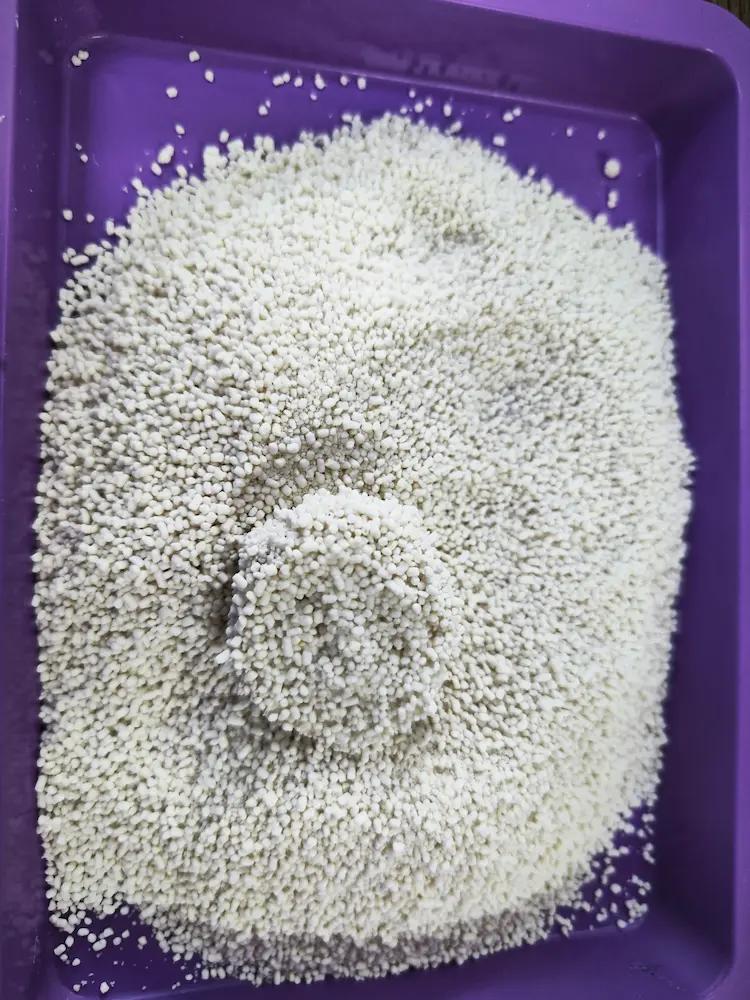
Key Features
Biodegradable:
Cassava cat litter is made from natural materials that decompose quickly and reduce environmental impact.
It's a sustainable alternative to clay litters, which are typically strip-mined and can take centuries to decompose.
Flushable:
Most cassava cat litter is flushable, making disposal easier. However, local regulations and plumbing conditions should be checked before flushing.
Its flushability also means reduced waste in landfills compared to non-biodegradable litters.
Dust-Free:
Cassava litter produces minimal dust, reducing respiratory issues for both cats and humans.
It's particularly beneficial for households with asthma or allergies.
Odor Control:
Cassava litter naturally absorbs odors, providing excellent odor control without artificial fragrances.
The starch in cassava helps trap moisture and odors effectively.
Clumping Ability:
It forms strong clumps when wet, making it easy to scoop and clean.
Clumping helps in maintaining a clean and hygienic litter box environment.
Natural Ingredients:
Free from harmful chemicals, artificial fragrances, and dyes, making it safe for cats and kittens.
It's often hypoallergenic, reducing the risk of allergic reactions.
Lightweight:
Cassava cat litter is generally lighter than clay litters, making it easier to handle and transport.

We also invented crushed cassave cat litter
Benefits of Cassava Cat Litter
Environmental Friendliness: Supports eco-conscious pet owners by providing a sustainable option.
Healthier for Cats: Minimizes respiratory issues due to its dust-free nature and lack of chemicals.
Convenience: Easy disposal and cleaning due to its clumping and flushable properties.
Long-Lasting: Efficient absorption and clumping mean less frequent changes, making it cost-effective.
Potential Drawbacks
Cost: It can be more expensive than traditional clay litters.
Availability: Not as widely available as some other types of litter.
Compatibility: Not suitable for all cats, as some may have preferences for different textures or materials.
Comparison with Other Litter Types
| Feature | Cassava | Clay | Silica Gel |
|---|---|---|---|
| Biodegradability | High | Low | Low |
| Clumping | Excellent | Good | Poor |
| Odor Control | Very Good | Moderate | Excellent |
| Dust Levels | Low | High | Moderate |
| Weight | Light | Heavy | Light |
| Price | Moderate to High | Low to Moderate | High |
| Sustainability | Very High | Low | Low |
Tips for Using Cassava Cat Litter
Transition Gradually: Mix cassava litter with your cat's current litter to ease the transition.
Monitor for Allergies: Watch for any signs of allergies or sensitivities in your cat.
Proper Storage: Keep the litter in a dry place to prevent moisture absorption before use.
Regular Cleaning: Scoop clumps daily and change the litter regularly for optimal freshness.
Conclusion
Cassava cat litter offers numerous benefits for both pets and their owners, making it a fantastic option for those looking to adopt a more eco-friendly lifestyle. While it may be a bit pricier, its health benefits, sustainability, and convenience often justify the cost for many pet owners.
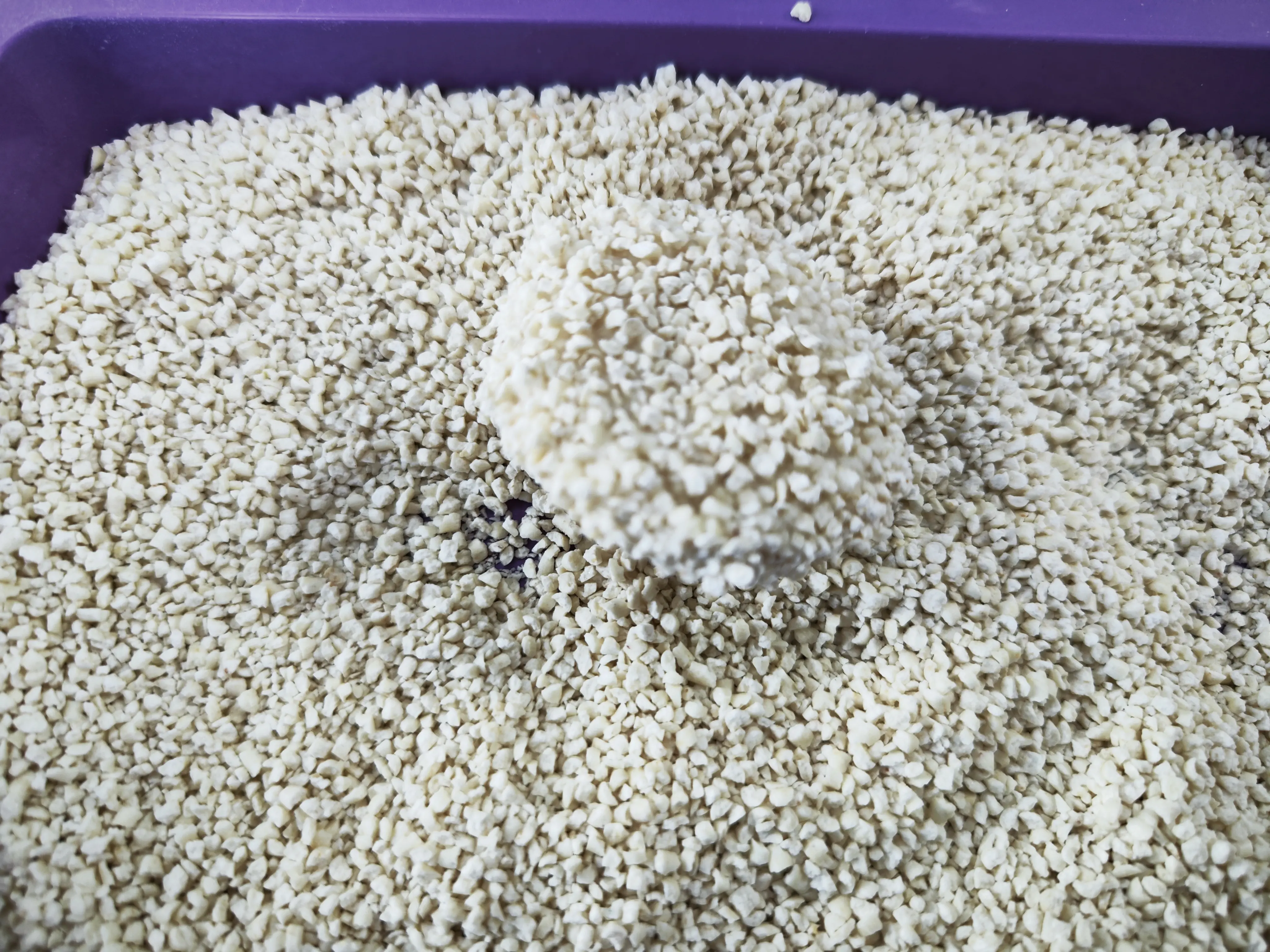
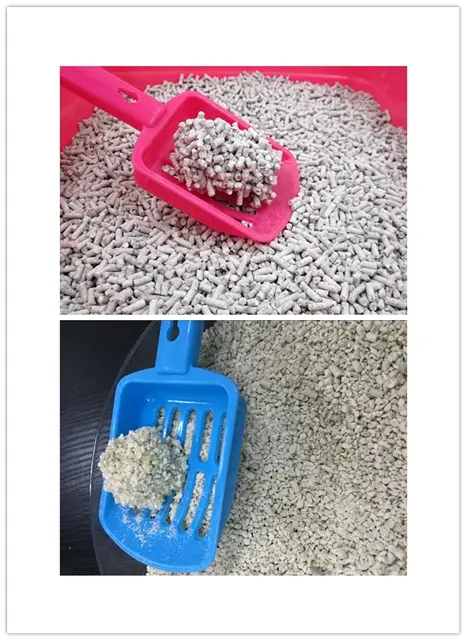

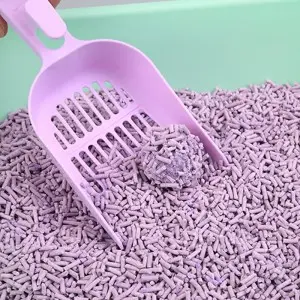
267.webp)

